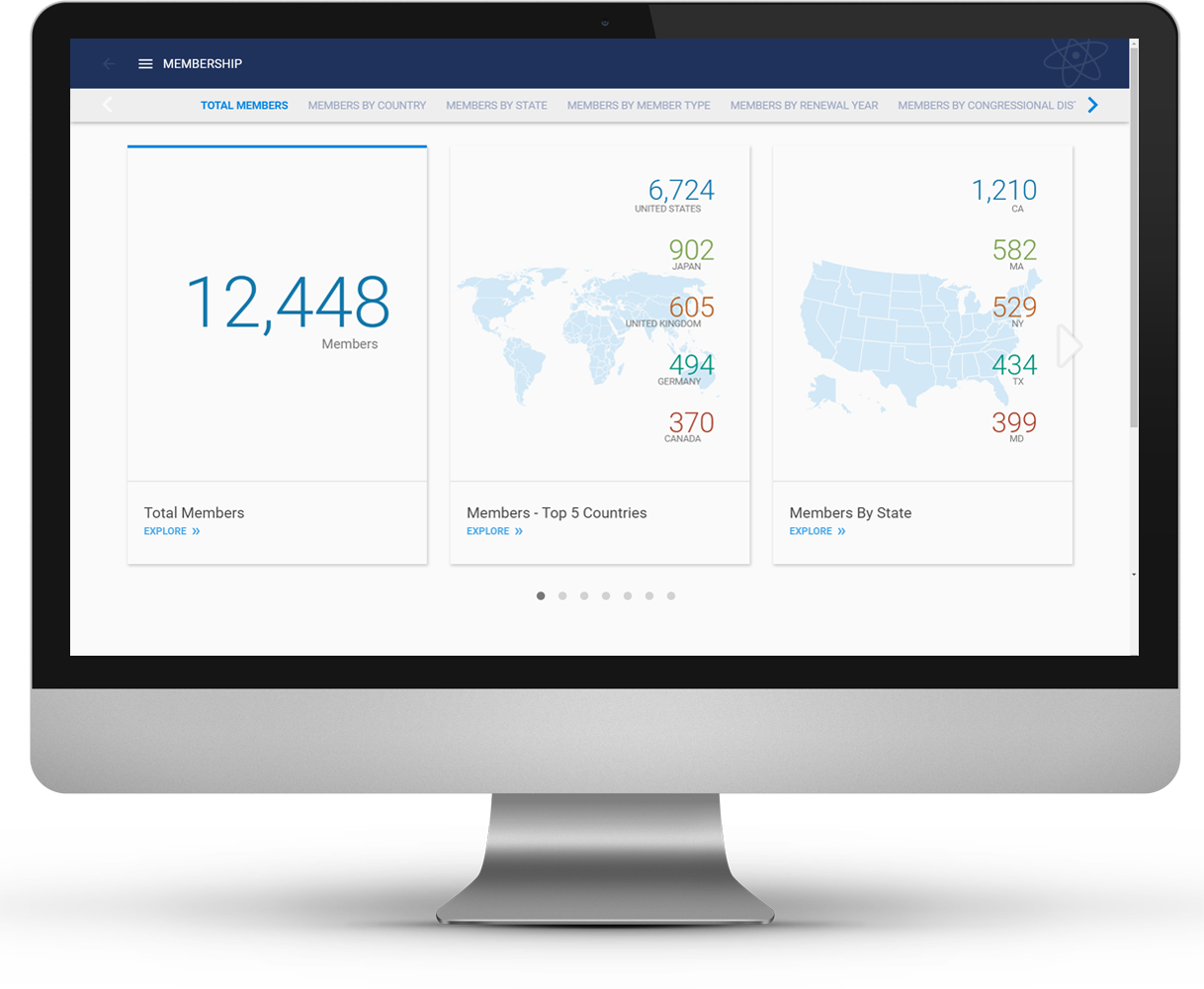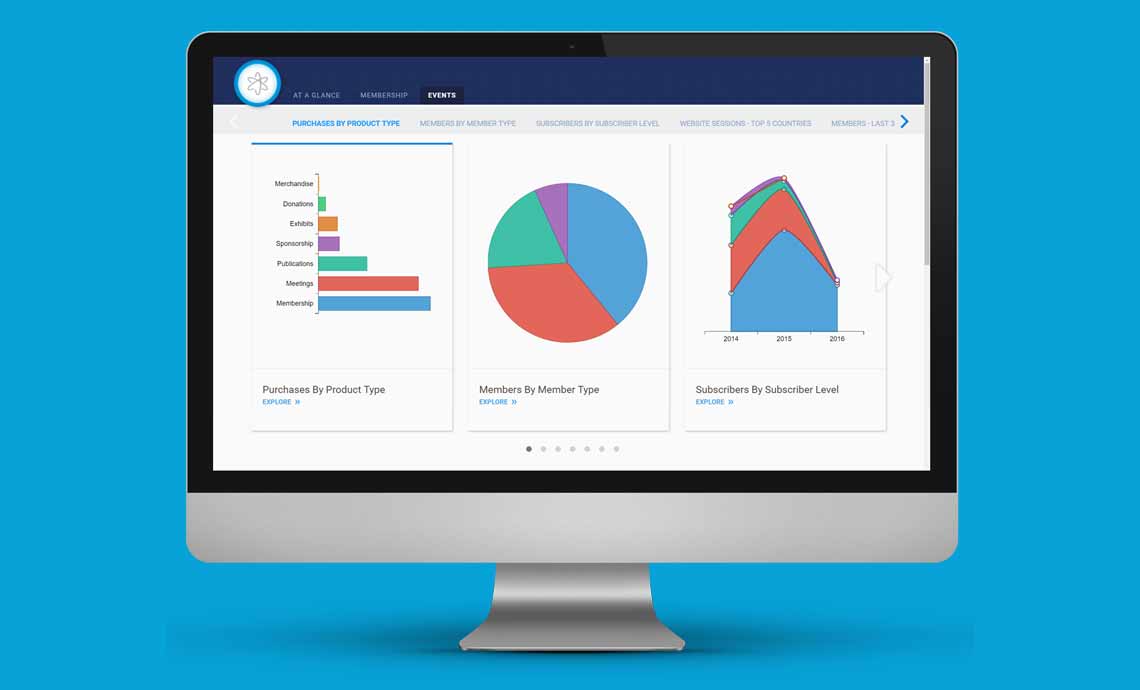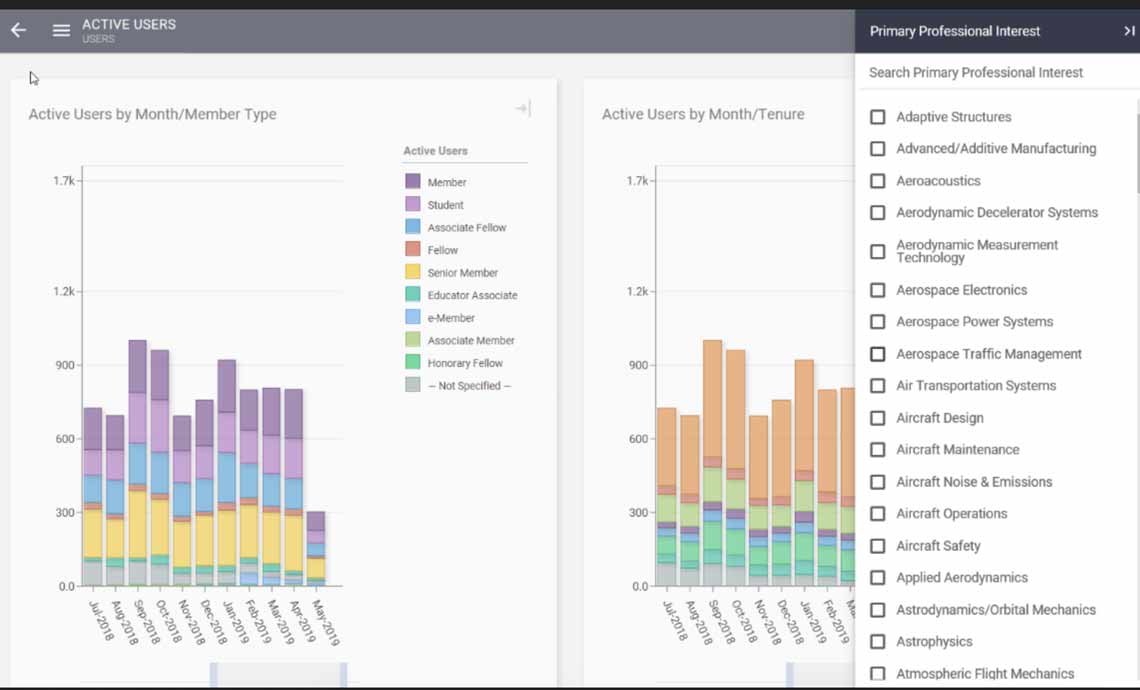On April 14th, Associations Now published an article titled “How the COVID-19 Crisis Is Accelerating the Shift to Online Member Engagement.” In putting forth these ideas, ASAE is emphasizing to the member industry the fact that trends towards online member engagement are not new and not subtle – just that they are accelerating in response to the pandemic.
This is true across all slices of society – everything related to online consumption and participation is accelerating: home delivery of goods, home delivery of food, online Zoom conferences for work meetings, and more.
This is nothing new to associations. We’ve all been paying very close attention to these trends for quite some time, and just about every department of every member-based organization has already been thinking about ways to meet the evolving preferences of its current and future constituency. What is new is the PACE. These trends are accelerating, and one of the primary ways we all need to react to COVID-19 is to accelerate our own capabilities in everything related to online member behavior and engagement.
There is good news here – online engagement creates data! When a member visits a page, reads a blog, perhaps makes it all the way to the registration page of an event but doesn’t actually fill out the form – all of these things can be tracked and used to better understand that member’s interests and preferences.
This explosion of member data is not new – just an acceleration of something that was already one of the primary issues facing associations for the past several years. As noted by longtime association-industry consultant and former association executive Cecilia Sepp, CAE back in June of 2019:
“As associations use an ever-expanding array of software tools to better serve members, an unintended consequence is the creation of isolated data (within each of these tools) that is seen in a vacuum. This doesn’t contribute to big picture thinking and can be a hindrance to making decisions that support the association’s mission…..The volume of data generated by all of these various member-facing systems is so large, and the types of data generated are so varied, that AMS systems can’t be central repositories for it all. …organizations need data solutions designed to bring all their data together and make it usable. A term for this is “blending data”. Using blended data can help take down those silos and bring team members together by showing how the data informs everyone’s area of responsibility. …and can lead to more successful outcomes.”
Her points are only more valid in the current era of accelerating online engagement. All of this online activity generates priceless member data, and there are systems ready and available today to help associations not only capture it but also deliver insights to association staff at all levels and in all roles. A great example of putting member data to work to help an organization is with member engagement scoring. Membership engagement scoring is an ideal tool for uncovering an association’s most (and least) engaged members. It accurately values each activity and aggregates the score to uncover important insights and trends about members. It mobilizes an association’s efforts to identify member retention challenges and acquisition targets.
This explosion in customer data, combined with shifting customer preferences, is not unique to associations. The banking industry is one of many that is similarly coping with changes in when and how customers interact with them in person rather than online, and a recent interview with Jeremy Balkin, the Head of Innovation at HSBC Bank (one of the largest banking and financial services institutions worldwide) included several themes that directly apply to those of us in the member industry:
“Organizations Must Double Down on Innovation Now.
We are faced with a unique time where organizations that have invested in advanced analytics, innovation and digital transformation have the opportunity to leverage their customer experience and digital product advantages more than ever.
Innovation is no longer nice to have, it’s a must have. And those who recognize the power of innovating successfully, not only having a strategy, but executing on that strategy, will be the winners. It must be part of the DNA of any organization, regardless of the environmental challenges.
In terms of innovation during COVID-19, we’ve got to triple down. This is the time we’ve got to go full steam ahead, because it’s during times of uncertainty that the biggest advances can be made. While people may be thinking about how to slow down, that’s the time to go even faster because more is being asked of us, not less.”
Balkin’s Conclusion (with which we agree) :
Eventually, the coronavirus pandemic will subside to allow for the ‘new normal’. In the meantime, there is an opportunity to learn from the consumer and employee alike. For many organizations, there will be new opportunities spawned by innovations tested, marketing models adjusted and delivery networks transformed. The extent of these changes will depend on the length of time of the COVID-19 crisis and the sense of urgency of each institution. There will definitely be major winners and some losers that result from this unexpected disruption of business.”


